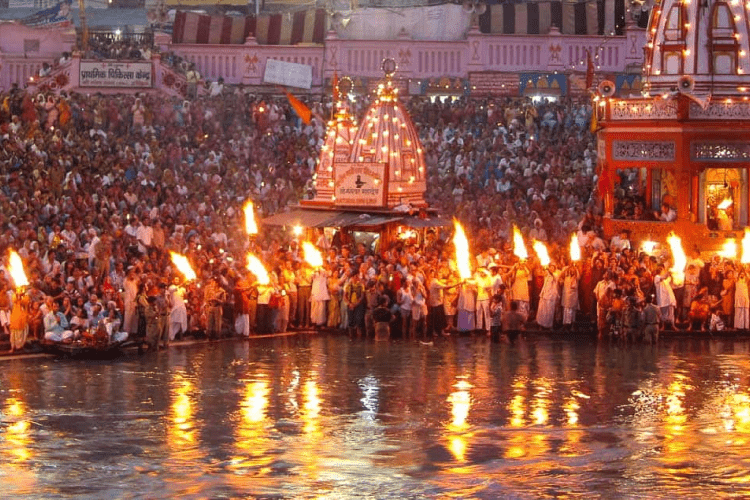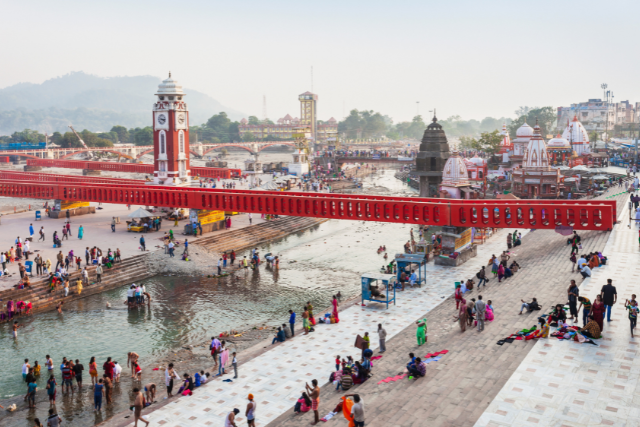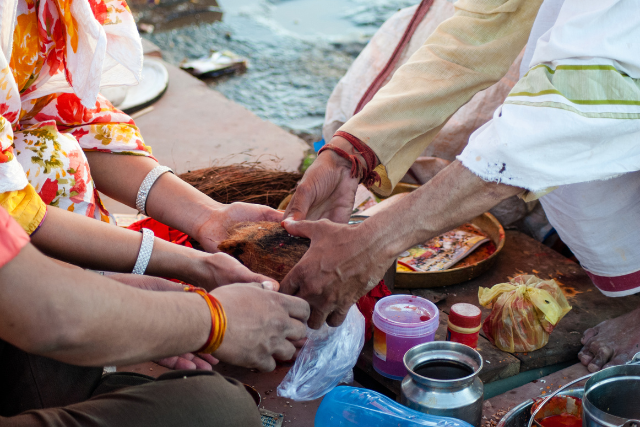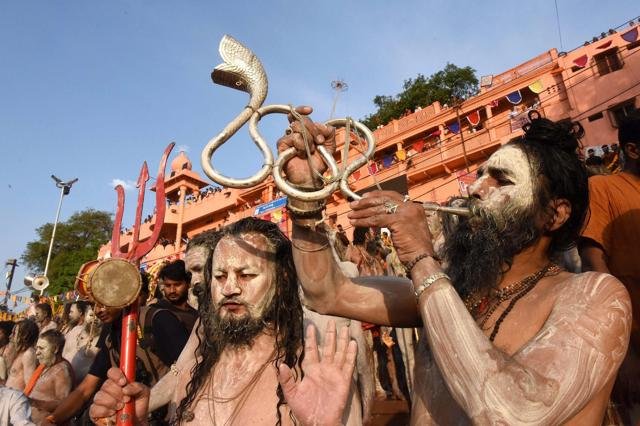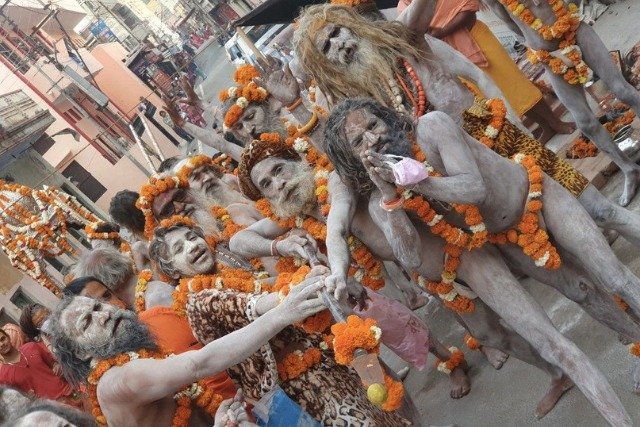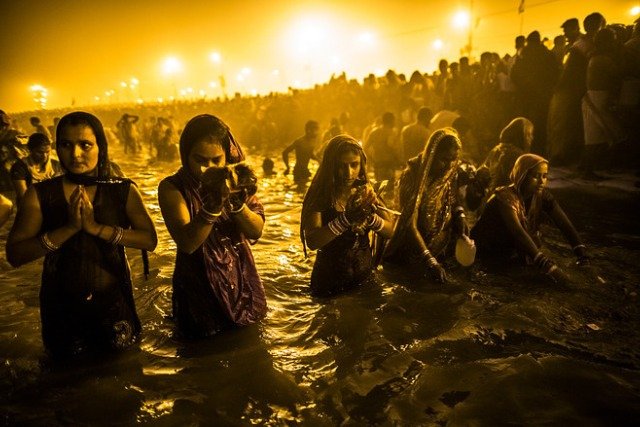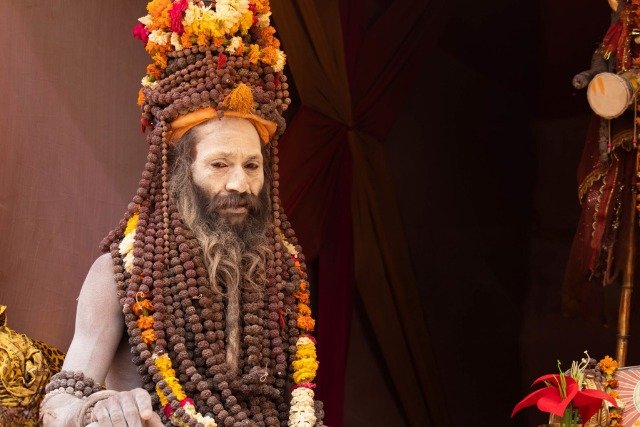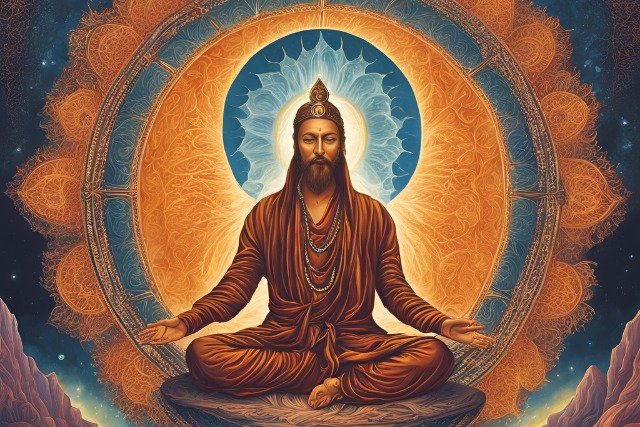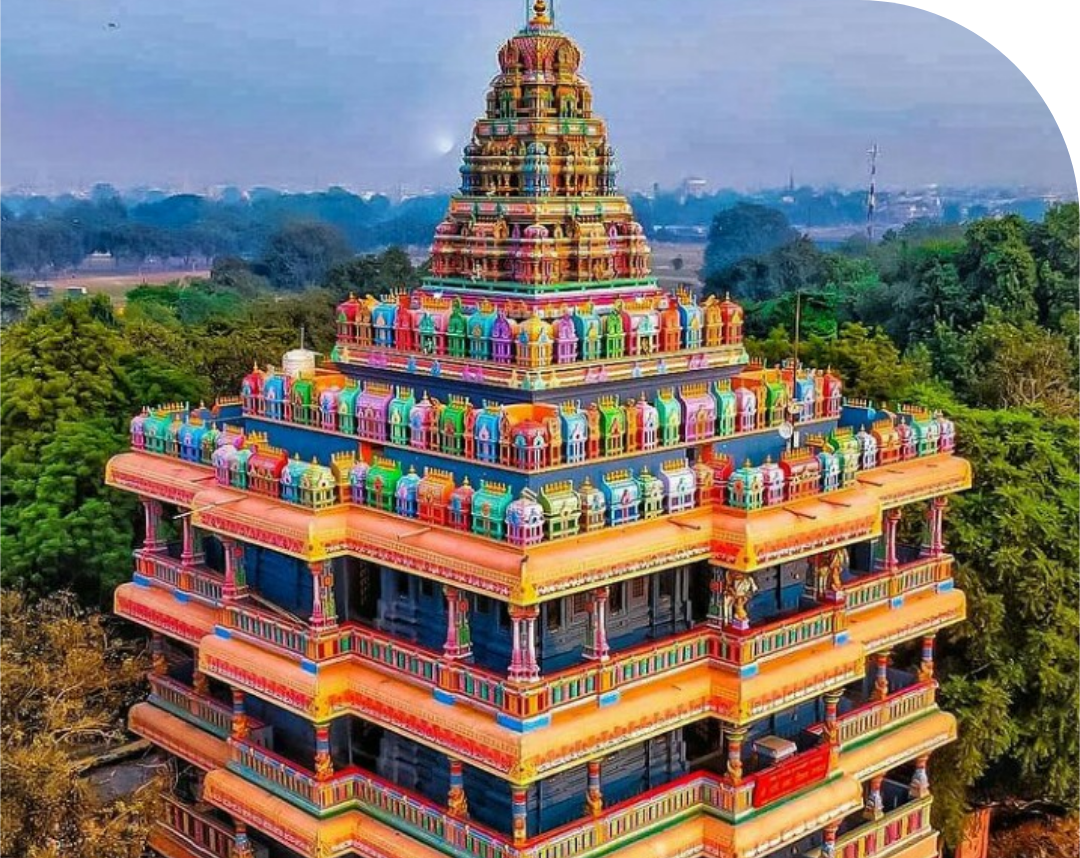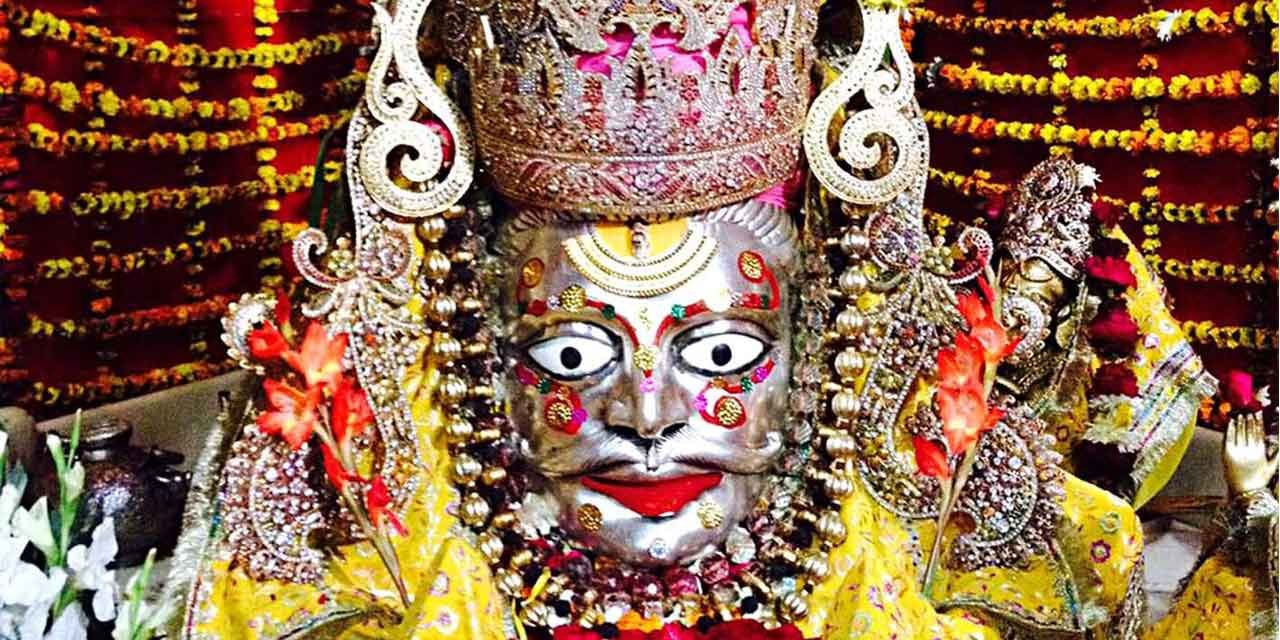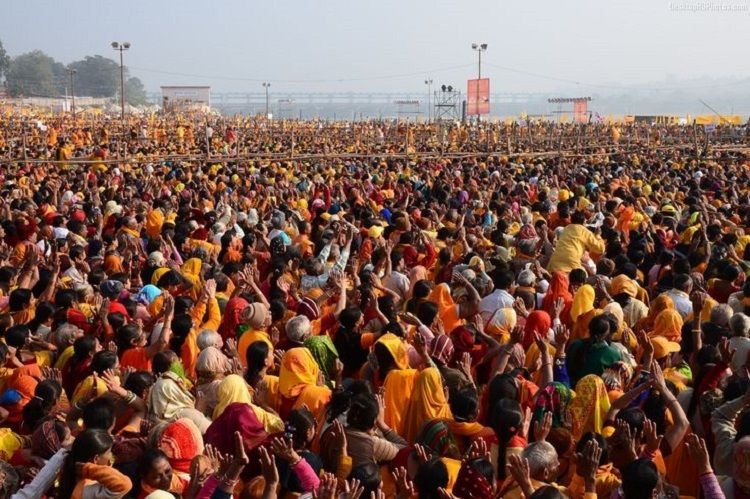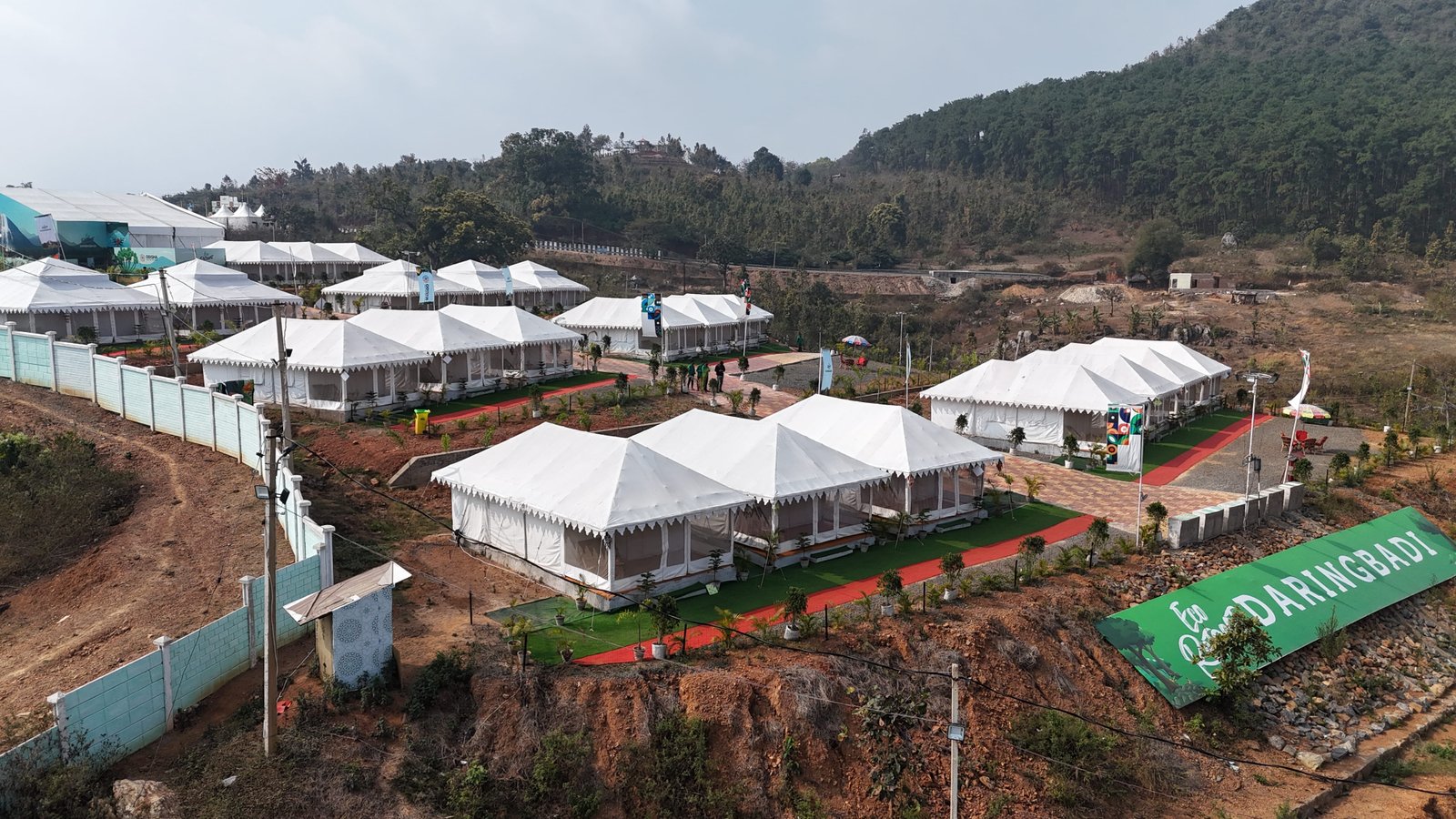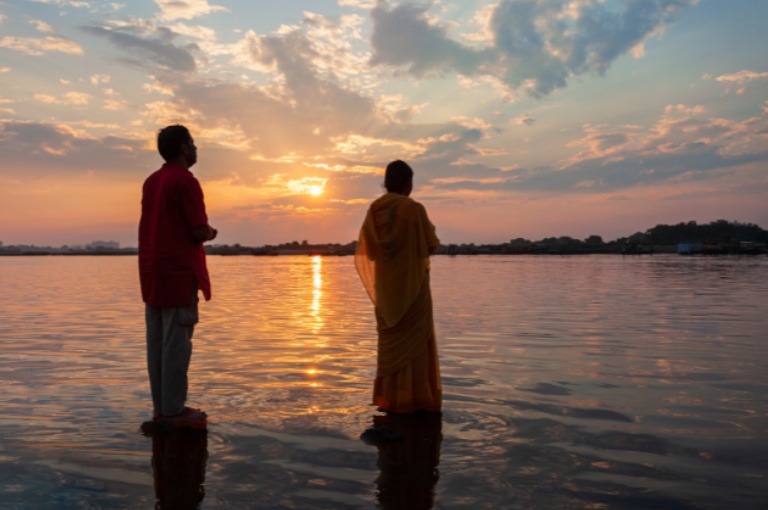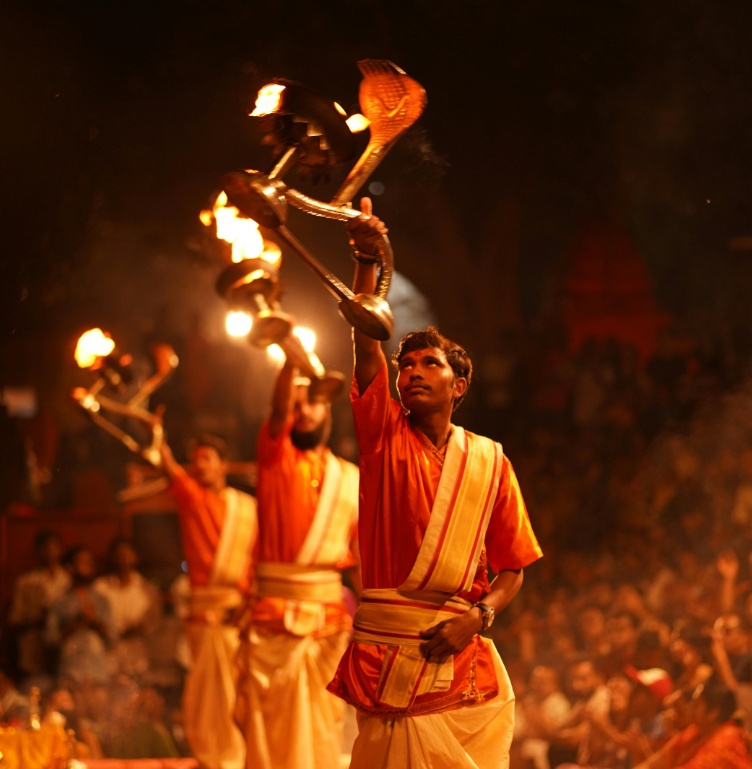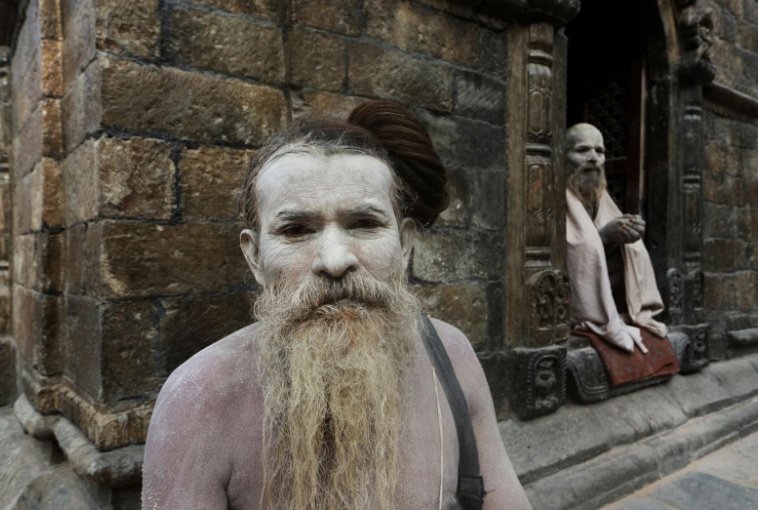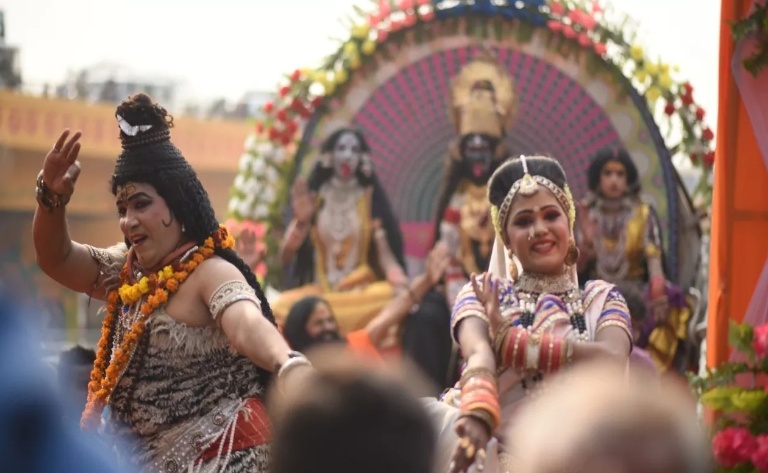
Author : Admin
A Journey of Inclusion: The Role of Kinnar Akhara in the Next Maha Kumbh Mela 2025
Introduction
The Kumbh Mela in India is renowned worldwide for its massive religious gatherings, where the spirituality and divine energy of the event draw millions of devotees.The Kumbh Mela, a profound celebration of Hindu faith and spirituality, rotates among four sacred riverbank sites: Allahabad (Prayagraj), Haridwar, Nashik, and Ujjain. Central to this grand event are the Akharas, ancient orders of Hindu ascetics and saints, who play a vital role in the rituals and ceremonies. Their presence not only preserves centuries-old traditions but also serves as a spiritual beacon, drawing millions of devotees to partake in the sacred gatherings of the Kumbh Mela.
While the Kumbh Mela is always distinct and exceptional in its own right, what makes the next Maha Kumbh Mela in 2025 even more noteworthy is the inclusion of the third gender, Kinnar Akhara. This is a historic addition after years of struggle and debate, marking a milestone in the event's evolution. Now, pilgrims at the Kumbh Mela 2025 will have the opportunity to meet and seek blessings from the Kinnar Akhara, revered as demi-gods by many. This inclusion reflects a broader acceptance and enriches the spiritual diversity that will be celebrated at the next Maha Kumbh Mela.
The History of Kinnars in Hindu Tradition
The Kumbh Mela 2025 is anticipated to be a historic occasion, not only for its religious importance but also for the participation of the Kinnar Akhara in the ceremonies and celebrations of the next Maha Kumbh Mela.To truly appreciate their presence, we must first dive into the rich history of the Kinnars, or hijras (transgenders), whose legacy dates back over 2,000 years in Indian tradition. Their mention can be found in the ancient epic of the Ramayana, where it is said that after Lord Rama’s exile from Ayodhya, people followed him to the forest. Lord Rama instructed them to return, but the hijras remained, waiting for his return after 14 years. Upon his return, Rama bestowed upon them the divine powers to bless and curse, granting them a revered place in Indian society.
In ancient times, hijras held significant roles, especially in royal courts, where they guided harems and rose to influential positions. However, during British colonial rule, their status drastically changed. In 1871, the British government passed a law classifying hijras as criminals, a stigma that persisted even after India gained independence. The transgender community was marginalized, reduced to begging or seeking sustenance through solicitation, while being harassed by authorities.
The Emergence of the Kinnar Akhara and Their Path in the Kumbh Mela
It was not until 2014 that transgender people were officially recognized as a third gender by the Supreme Court of India.This historic decision opened the path for wider acceptance. In 2015, Laxmi Narayan Tripathi, a renowned transgender rights activist and leader of the community, founded the Kinnar Akhara. She envisioned a space for transgenders within the Kumbh Mela, recognizing their right to be acknowledged as part of the religious order. The journey, however, was far from easy.
The 2016 Simhastha Kumbh Mela in Ujjain was the first major religious event where the Kinnar Akhara officially participated. Despite fierce opposition and reluctance from traditional sects, their inclusion marked a turning point. In 2019, the Kinnar Akhara made headlines when they participated in the Ardh Kumbh Mela in Prayagraj, affiliated with the Juna Akhara, and took their first Shahi Snan (holy dip), the most sacred ritual of the Kumbh Mela. The presence of Kinnar Akhara members leading the procession alongside other sadhus was a profound representation of inclusion and equality within the religious community.Struggles and Triumphs on the Path to Recognition
Despite their increasing presence, the Kinnar Akhara encountered opposition from the Akhil Bhartiya Akhara Parishad (ABAP), the regulatory body of Hindu ascetic organizations.. Swami Narendra Giri, the ABAP president, stated that the Kinnar Akhara was a "self-proclaimed monastic order" and not part of the traditional 13 akharas, denying them formal recognition. Many sections of society struggled to accept the Kinnar Akhara as a legitimate religious order. Yet, the determination and perseverance of Laxmi Narayan Tripathi and her community members triumphed, breaking barriers with their participation in the Ardh Kumbh Mela 2019.
In the next Maha Kumbh Mela 2025, the Kinnar Akhara will have their own individual camps and full participation, a true testament to their resilience and evolving role in Hindu society. Their presence in the Prayagraj Kumbh Mela 2025 not only highlights their religious significance but also raises broader awareness about the issues faced by the transgender community in India.
Cultural Impact: The Kinnar Akhara's Contribution to Art and Society
Beyond their religious involvement, the Kinnar Akhara has emerged as a cultural force within the Kumbh Mela. The Ardh Kumbh Mela 2019 also saw participation from members of the LGBT community, who camped within the Akharas and contributed to the Kala Gram (art village) located within the campgrounds. Renowned artists such as Abigail, Guillaume Ziccarelli from France, and Benoit Feron from Belgium participated in these artistic endeavors, bringing international recognition to the event.
The Kumbh Mela 2025 will not just be a religious gathering but a celebration of spiritual diversity, artistic expression, and social awareness, all of which the Kinnar Akhara is helping to foster.
Security and Space Preparations for Kinnar Akharas at Next Maha kumbh Mela 2025
Inclusion of Kinnar Akharas at Mahakumbh 2025
Mahakumbh 2025 marks a historic milestone by embracing the inclusion of the newly recognized Kinnar Akhara, paving the way for greater societal acceptance of the transgender community. This groundbreaking participation in the next Maha Kumbh Mela brings hope for transforming long-held perceptions and reducing the discrimination transgenders have faced for decades. Many within the community are optimistic that their involvement in Kumbh Mela 2025 will help reduce stigma and create opportunities for dignified work, breaking away from the dependency on alms that has long been their harsh reality.
Elevating Visibility and Advocacy
Since gaining recognition at previous Kumbh Melas, the transgender community has actively participated in religious and cultural events, further increasing their visibility and influence. Their involvement in Mahakumbh 2025 is another step forward in advocating for the rights and dignity of transgender individuals. Beyond religious activities, they are raising awareness within society, working to foster greater social acceptance and understanding. Their growing presence at Prayagraj Mahakumbh 2025 reflects the progress being made toward broader societal inclusion and respect.
Arrival of Kinnar Saints and Rituals at Kumbh Mela 2025
For the upcoming Kumbh Mela, distinguished saints from the Kinnar community will arrive in Prayagraj in November, leading to increased activities within the Kumbh Mela Parisar. Twelve kinnars from states such as Uttar Pradesh, Maharashtra, and Rajasthan will be honored with the prestigious title of Maha Mandeleshwar. With over 500 Mandeleshwars from around the world set to participate, there is a heightened need for increased security measures within the Kumbh Mela Parisar.
Enhanced Security Measures for Mahakumbh 2025
Following incidents from the previous Kumbh Mela, Chief Acharya Laxmi Tripathi held a crucial meeting with Kumbh Mela Officer Vijay Kiran Anand to address the need for heightened security at Mahakumbh 2025. In this discussion, the deployment of paramilitary forces was requested to ensure the safety of participants at the camp. Additionally, the Kumbh Mela authorities are taking security concerns seriously, integrating AI-powered security systems and AI-based crowd management to effectively manage the large-scale gathering expected at Prayagraj Mahakumbh 2025.
Rituals and Activities of Kinnar Akharas at next Maha Kumbh Mela 2025
A Milestone in Acceptance
The transgender community is preparing to establish their camps at Mahakumbh 2025, marking a significant milestone in their long journey toward acceptance within the Akhara community. This recognition, denied in previous Kumbh Melas, is a testament to their perseverance through years of struggle and challenges. Now, at the next Maha Kumbh Mela, they are ready to solidify their presence and contribute to the event's spiritual and cultural legacy.
Active Participation in Religious and Cultural Activities
By actively participating in religious and cultural activities at Prayagraj Mahakumbh 2025, the transgender community will showcase their identity in an open and proud manner. Their involvement will not only bring them into the spiritual spotlight but also open opportunities to welcome devotees into their spaces. This interaction will help foster greater social acceptance and understanding, symbolizing progress toward further integration into the cultural fabric of the Kumbh Mela and society at large.
Performing Traditional Rituals at Kumbh Mela 2025
At the next Maha Kumbh Mela 2025, the Kinnar Akharas will perform rituals alongside other Akharas, continuing age-old traditions. Their participation in these spiritual practices will not only mark their religious significance but also serve to raise awareness about their community to the global audience visiting Kumbh Mela 2025.
The Sacred Shahi Snan and Spiritual Ceremonies
In Mahakumbh 2025, the Kinnar Akharas will again perform their Shahi Snan, a sacred royal bath they first took during the Ardh Kumbh Mela in 2019, when they were affiliated with the Juna Akhara. The Shahi Snan holds immense spiritual importance, as it is believed that taking a holy dip in the Sangam can break the cycle of rebirth and help one move closer to moksha, or liberation. After this sacred ritual, the Kinnar Akharas will conduct other enriching spiritual ceremonies, including powerful Yajnas, prayers, and discourses on ancient scriptures to spiritually uplift and educate devotees visiting their camps during Kumbh Mela 2025.
Engaging with Devotees: Dispelling Myths and Building Understanding
Devotees at the next Maha Kumbh Mela 2025 will have the unique opportunity to engage with the Kinnar Akharas, gaining profound insights into the transgender community. This interaction will help dispel long-standing myths and misunderstandings, offering a fresh perspective on the significant role transgenders have played in Hinduism—a religion that has historically acknowledged and respected their presence. The participation of Kinnar Akharas in Prayagraj Mahakumbh 2025 is not only a spiritual endeavor but also an opportunity to highlight their importance in Indian tradition, providing them with long-awaited recognition and facilitating further integration into mainstream society.
Cultural and Spiritual Activities to Enlighten Devotees
At their camps during Kumbh Mela 2025, the Kinnar Akharas will host various activities designed to captivate and educate devotees. These events will include cultural performances showcasing traditional music and theatrical presentations that reflect the rich heritage of their community. In addition, they will lead spiritual enlightenment sessions, offering rejuvenating meditation, consciousness-elevating yoga, and discussions led by knowledgeable transgender community members. These activities aim to guide devotees toward spiritual growth and awakening.
Raising Awareness for Social Issues
The Kinnar Akharas’ goals at Prayagraj Mahakumbh 2025 extend beyond spiritual participation. They are also dedicated to raising awareness on critical social issues, including transgender rights, gender equality, HIV/AIDS education, and mental health. By bringing these important topics to the forefront, they aim to foster a broader understanding and acceptance of the transgender community within society.
A Platform for Spiritual Expression and Self-Acceptance
The Kinnar Akharas provide a platform for transgender individuals to express their spirituality and religious devotion openly. Participating in the next Maha Kumbh Mela 2025 allows them to reconnect with their spiritual roots, cultivate a sense of belonging, and find purpose within the broader religious community. This spiritual empowerment is crucial for their overall well-being and plays a vital role in their journey toward self-acceptance and societal inclusion.
Conclusion: A Step Toward Greater Inclusion at the Next Maha Kumbh Mela
As the next Maha Kumbh Mela 2025 approaches, the participation of the Kinnar Akhara represents a profound step toward greater inclusion and acceptance. The Prayagraj Mahakumbh 2025 will be a landmark event, not only in terms of spiritual significance but also for promoting the recognition of marginalized communities. The Kinnar Akhara's involvement in the rituals, cultural activities, and social awareness campaigns will elevate their visibility, foster understanding, and challenge long-standing misconceptions about their role in Hinduism and society.
Through their participation at Kumbh Mela 2025, the Kinnar Akhara will contribute to the event’s rich spiritual fabric, allowing devotees to witness their unique traditions while gaining deeper insights into the transgender community. Their presence at the next Maha Kumbh Mela 2025 will symbolize the progress being made toward a more inclusive society, where all individuals, regardless of gender identity, have the opportunity to participate in spiritual practices and express their devotion freely.
As Prayagraj Mahakumbh 2025 unfolds, it will not only be remembered for its religious significance but also for the steps taken to bring about societal change and foster a more compassionate and inclusive world for everyone.
